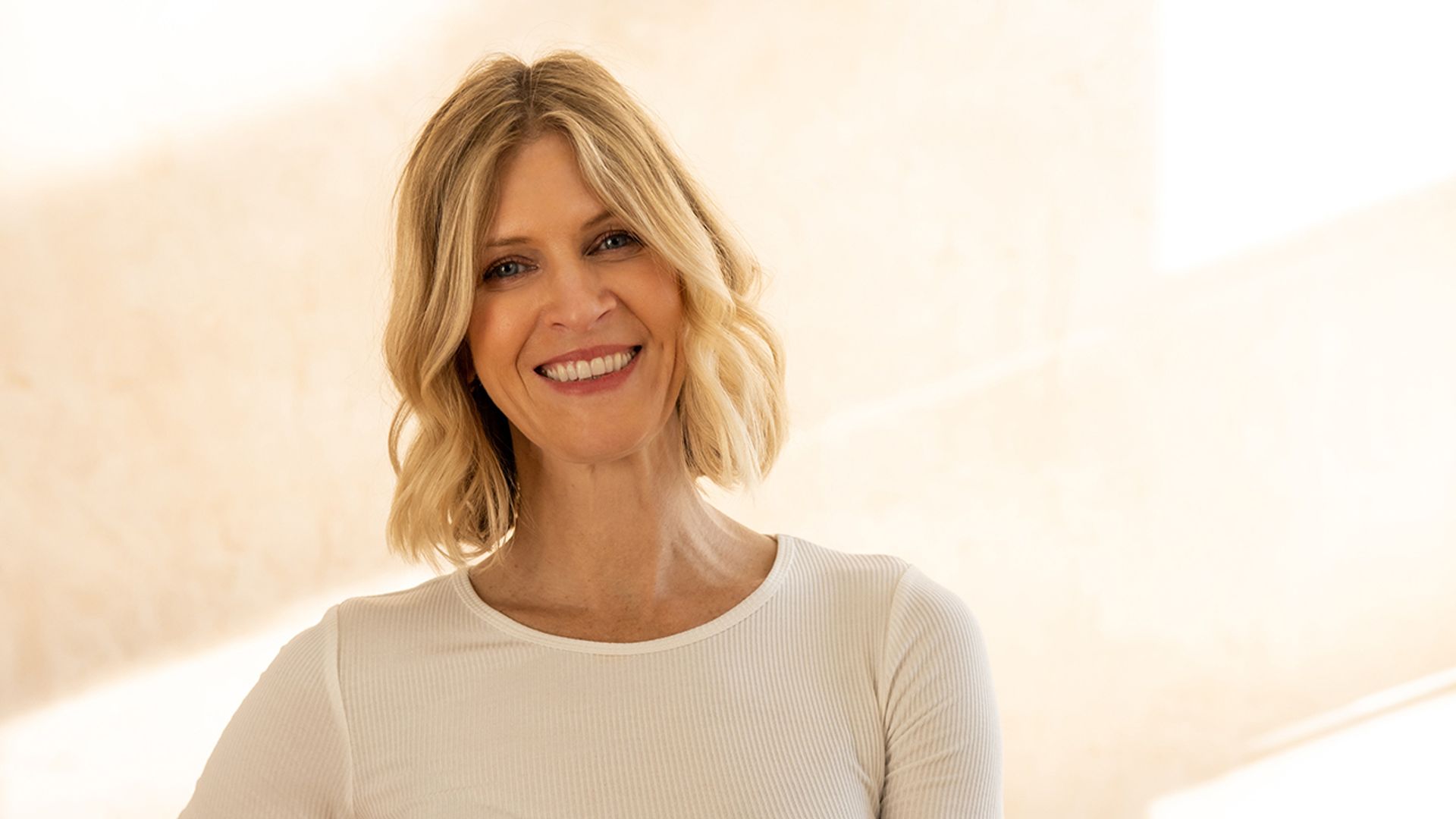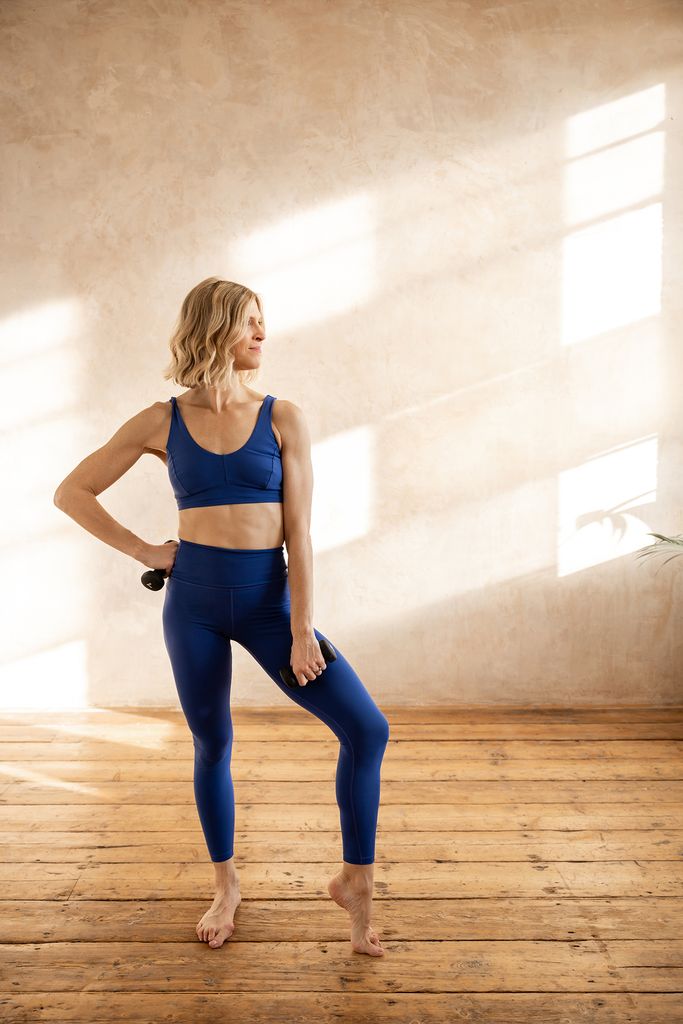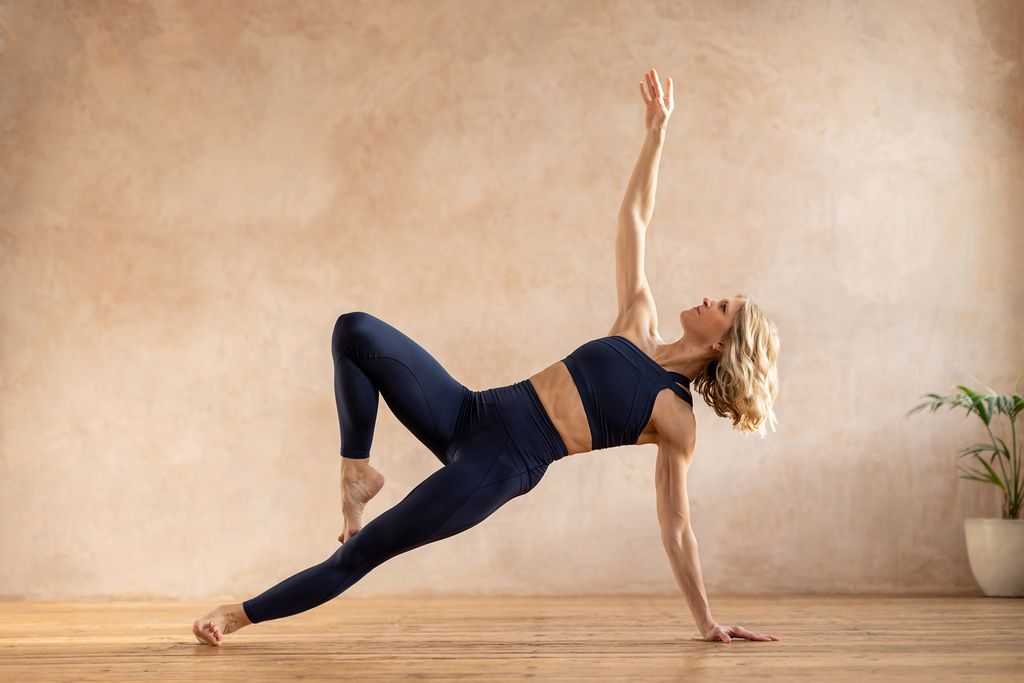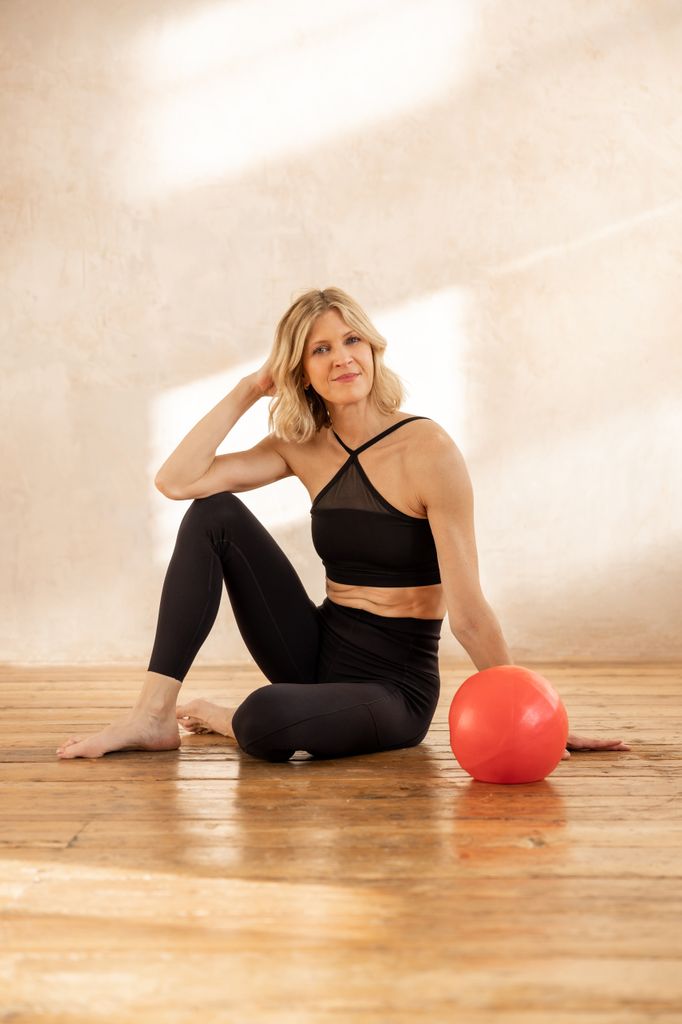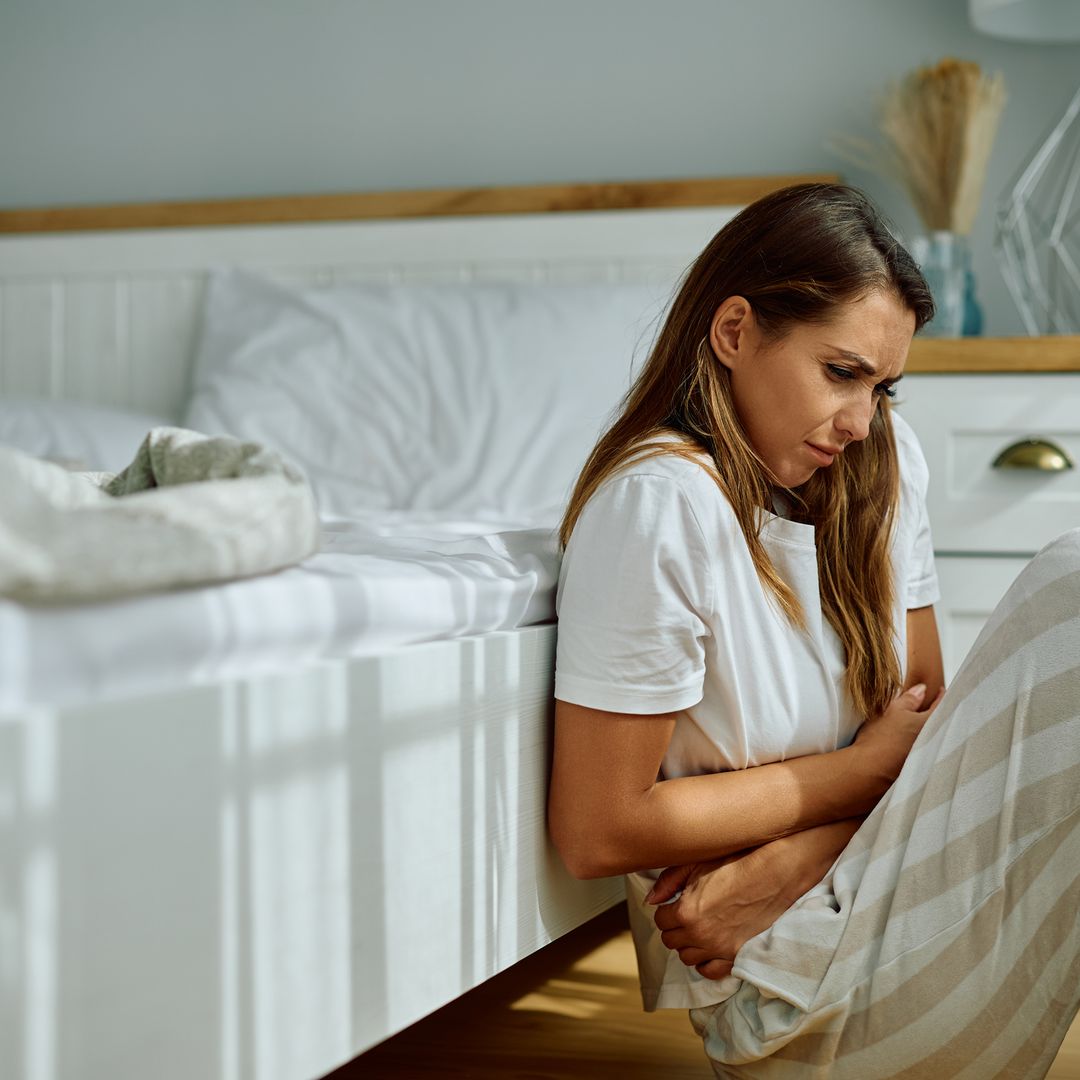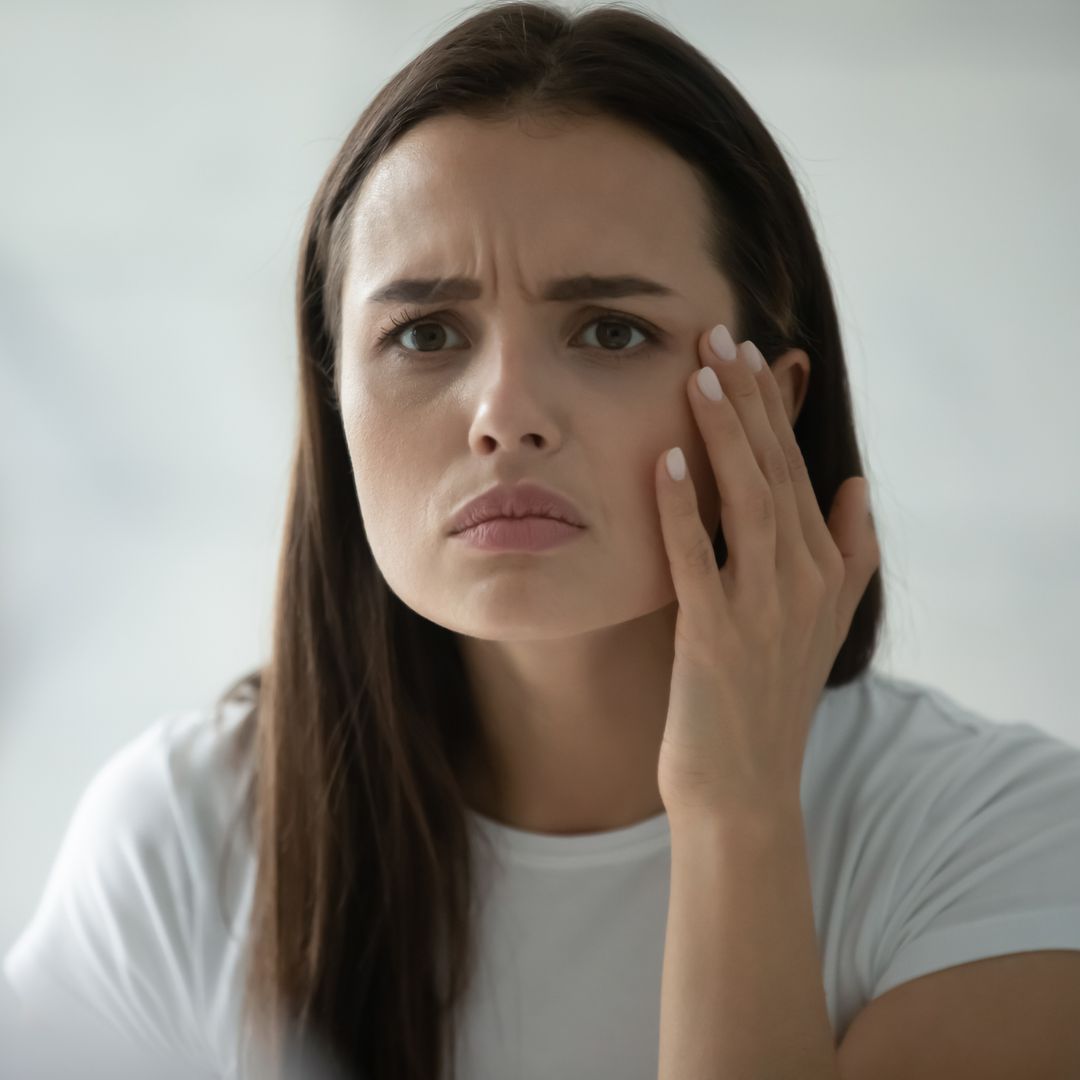I was 27 when I was diagnosed with rheumatoid arthritis (RA).
It started with a sore knuckle, and I didn't think much of it, but then the same knuckle on the other hand was also sore.
Then it was another knuckle and again on the other hand - that's when it hit me, it could be RA as it is often symmetrical, affecting the same joints on both sides of the body. I sought a diagnosis from a rheumatologist and tested positive for the RA factor.
I wasn't keen to start on medications at that time as I was so young - I worried about side effects and that I would be on these medications for the rest of my life, and fretted that my body could become so used to the meds that they would stop working by the time I was 50.
My daily life
I'm now 49, and honestly, arthritis doesn't stop me from doing anything. I do wake up with achiness or stiffness in some joints daily, but at 49 years old, who doesn't?
My RA doesn't stop me primarily because I won't let it. It is often painful, but as soon as I start moving gently and working into the mobility of the joints, the stiffness eases and everything feels better. The fact that it's not a huge impact on my life is 100 per cent down to me making it non-negotiable to keep moving.
Managing arthritis
There are three key factors that help me manage my RA today as a 49-year-old woman - though for 20 years, I managed my RA through just two factors —exercise and diet alone.
1. Movement
I believe the most important overall element and the one that's helped me for more than two decades is movement.
I exercise most days because I teach barre most days, as well as doing my own workouts as needed based on how I feel.
The variety of exercise I do is where I believe the sweet spot is. I need to move in ways that are going to work to ease sticky joints, strengthen bones and muscles, maintain or improve mobility (this is a big one because the mobility of a joint is exactly what RA is going to affect) and also improve endurance, cardiovascular health, balance, and control.
I started moving this way because it was what my body needed, it's how I felt better and it’s also helped me cope mentally with chronic pain, and it's now widely known how good barre is for your joints because it combines high repetitions under a safe load. Movement and specifically the types of exercise I do have maintained my strength and mobility more than any other factor, without a doubt.
2. Diet
The second key element that helps me manage my RA is through diet. For years, I was gluten-free, based on a sensitivity that came up when I was first tested, but as I've grown and changed and moved to the UK and had children, my body has changed too.
I saw a wonderful Ayurvedic doctor here in the UK for a few years. I learned so much working with her. Without going down an Ayurvedic Dosha rabbit hole — the very condensed Ayurvedic take on my RA was that I had too much fire in my body. Too much unbalanced fire can cause heat, pain and inflammation in the joints. So, I followed an Ayurvedic diet as well as taking herbal supplements to help balance the fire. This worked well but it definitely took a lot of dedication to adhere to dietary suggestions and herbal supplements that went with.
Perhaps my biggest takeaway was that I discovered what foods did and didn't affect my joints and this has massively shaped my diet today. I’ve become incredibly in-tune with what does and doesn’t work for me. And what works for me, won't necessarily work for someone else, but I do avoid at all costs all dairy, eggs and fried and processed foods and I have a good understanding of what other foods, sauces, dressings etc will affect me.
3. Medication
Thirdly, I am now on medication for RA but only made this decision to start medication last year.
I had managed well up until then, but flares were getting harder to come out of and my usual tricks didn't seem to be working. Perhaps because I'm in perimenopause and hormones could be affecting it, I'm not sure, but I was at the point where I do have damage in some joints and I didn’t want things to continue to slide that way. With an autoimmune disease, it’s not just going to go away and it will continue to affect my joints, which are my livelihood.
The medication I am taking is a DMARD, which is a disease-modifying antirheumatic drug and works by suppressing the immune system and reducing inflammation, thereby slowing the progression of RA and potentially preventing joint damage.
This category of medication is different from your typical ibuprofen, which might relieve symptoms of pain and inflammation, as DMARDs aim to modify the underlying disease process.
I am on a very low dose and the hope is to possibly, in time, if it’s believed the disease is 'inactive,' we might be able to reduce rather than up my dosage. I wouldn’t expect that to happen without me continuing the other things I do to keep my body as mobile, strong and operating well as I can alongside.
The medication is part of what helps me manage but honestly, a potentially bigger one is maintaining my physical strength and mobility as well as my mental health to keep things moving in the right direction. I will continue to move my body daily and right now the medication helps me do that.
4. Supplements
I love a supplement. I've taken turmeric (to help reduce inflammation) and a good probiotic (because the gut is related to everything!) for many years and have added in magnesium (great for bone and muscle health and sleep!) and Ashwaganda more recently and I believe all of these supplements are part of what helps support my overall health wellbeing.
Tara is founder of the Tara Riley Method which fuses Pilates, barre, strength training and cardio. Tara teaches via her on-demand platform and in person at her SE London studio.

